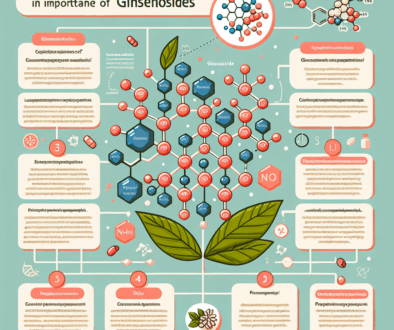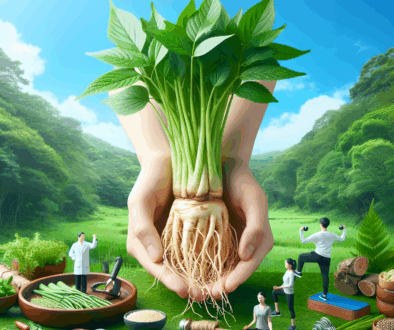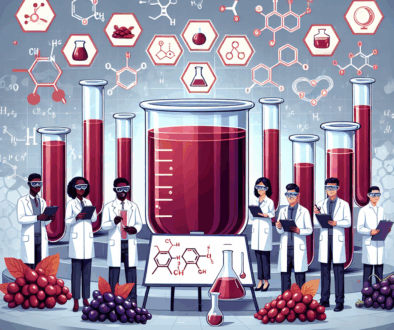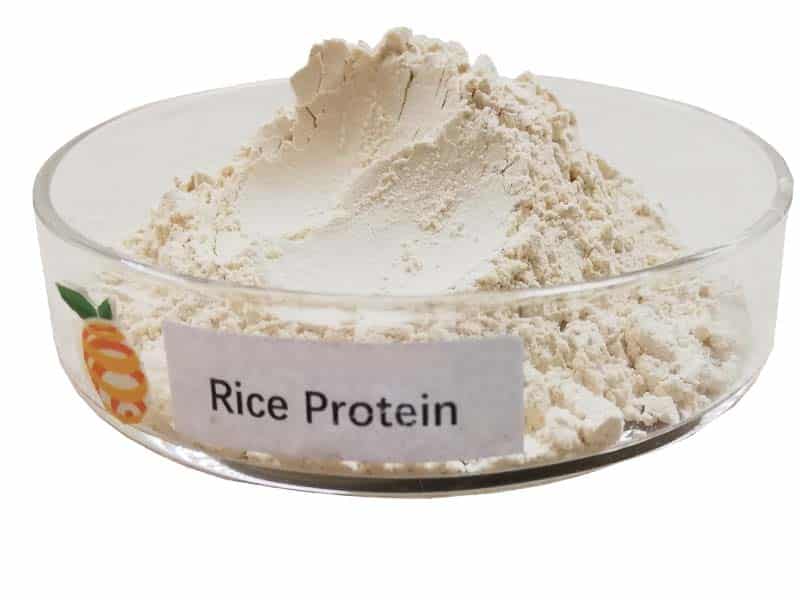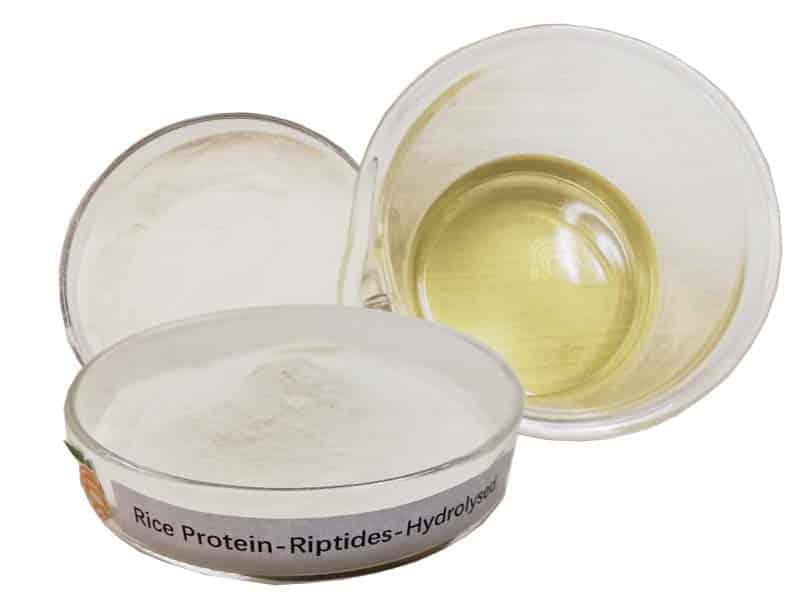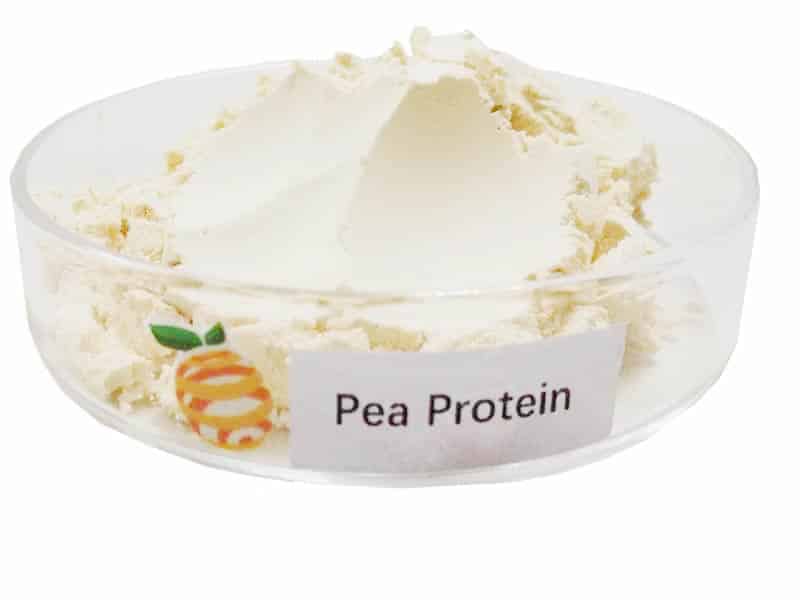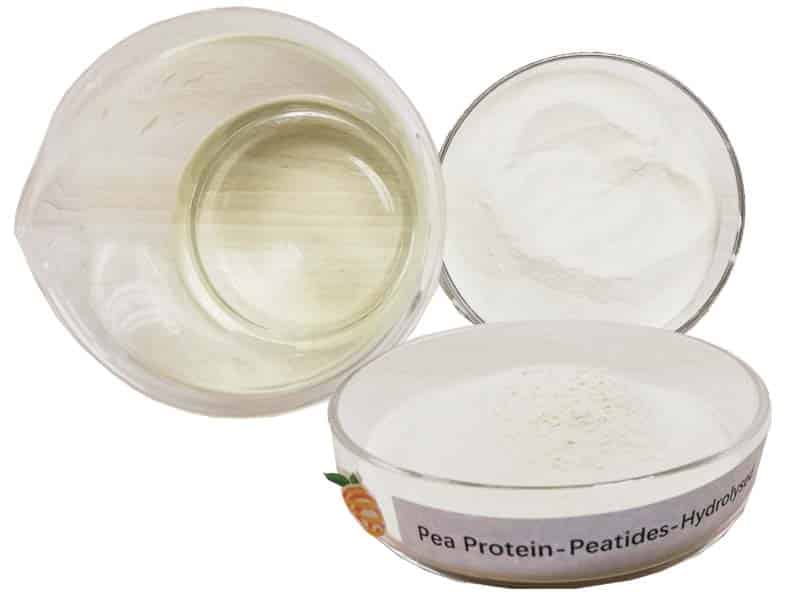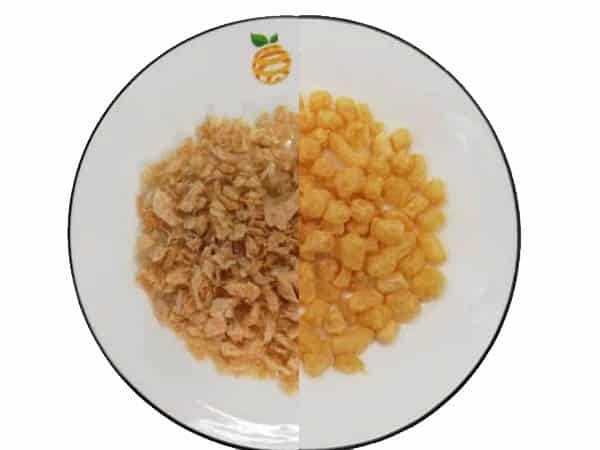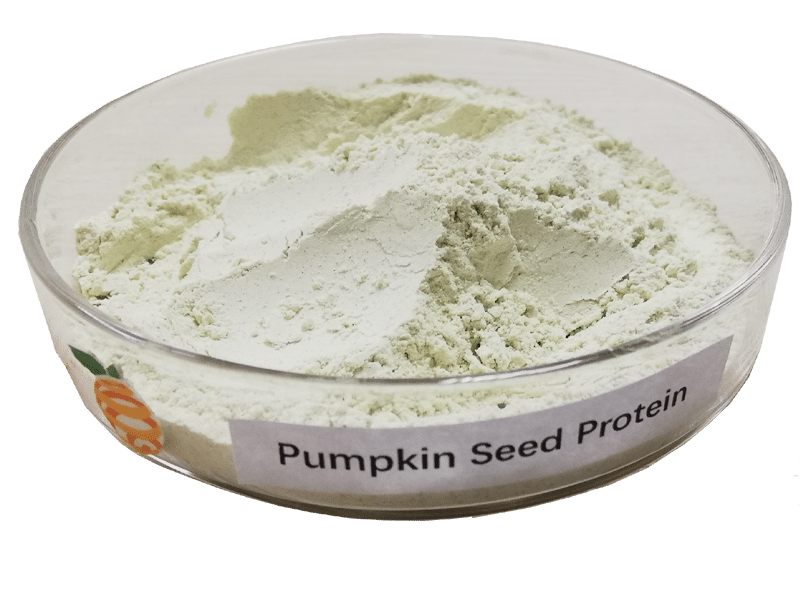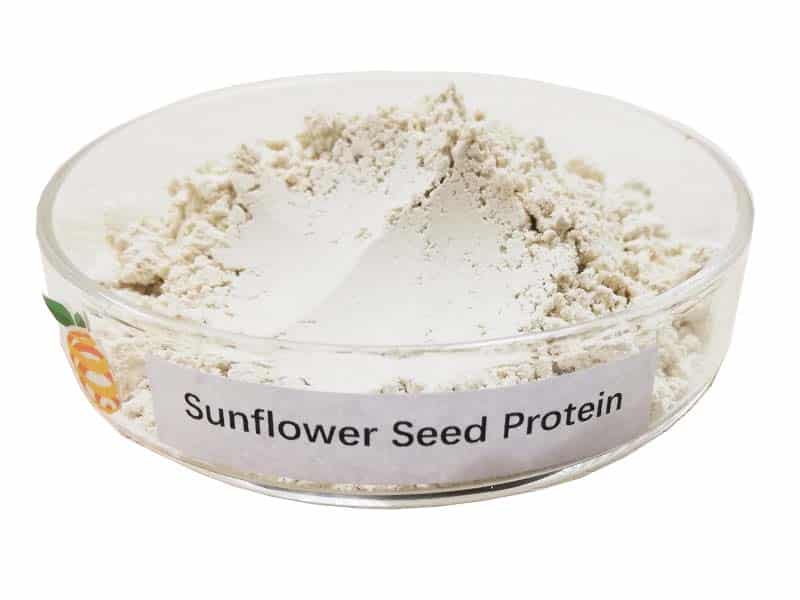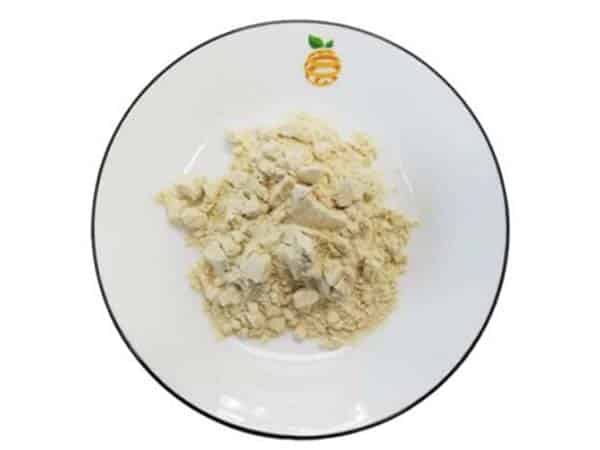Glutathione and Cysteine Pathway: How It Works
-
Table of Contents
- Glutathione and Cysteine Pathway: Essential for Cellular Health
- Understanding Glutathione: The Master Antioxidant
- The Cysteine Pathway: A Crucial Component
- How the Glutathione and Cysteine Pathway Works
- Factors Influencing Glutathione Levels
- Health Implications of Glutathione and Cysteine Pathway Dysfunction
- Case Studies and Research Findings
- Boosting Glutathione Levels: Strategies and Considerations
- Conclusion: The Vital Role of Glutathione and Cysteine
- Enhance Your Health with ETprotein’s Protein Products
Glutathione and Cysteine Pathway: Essential for Cellular Health
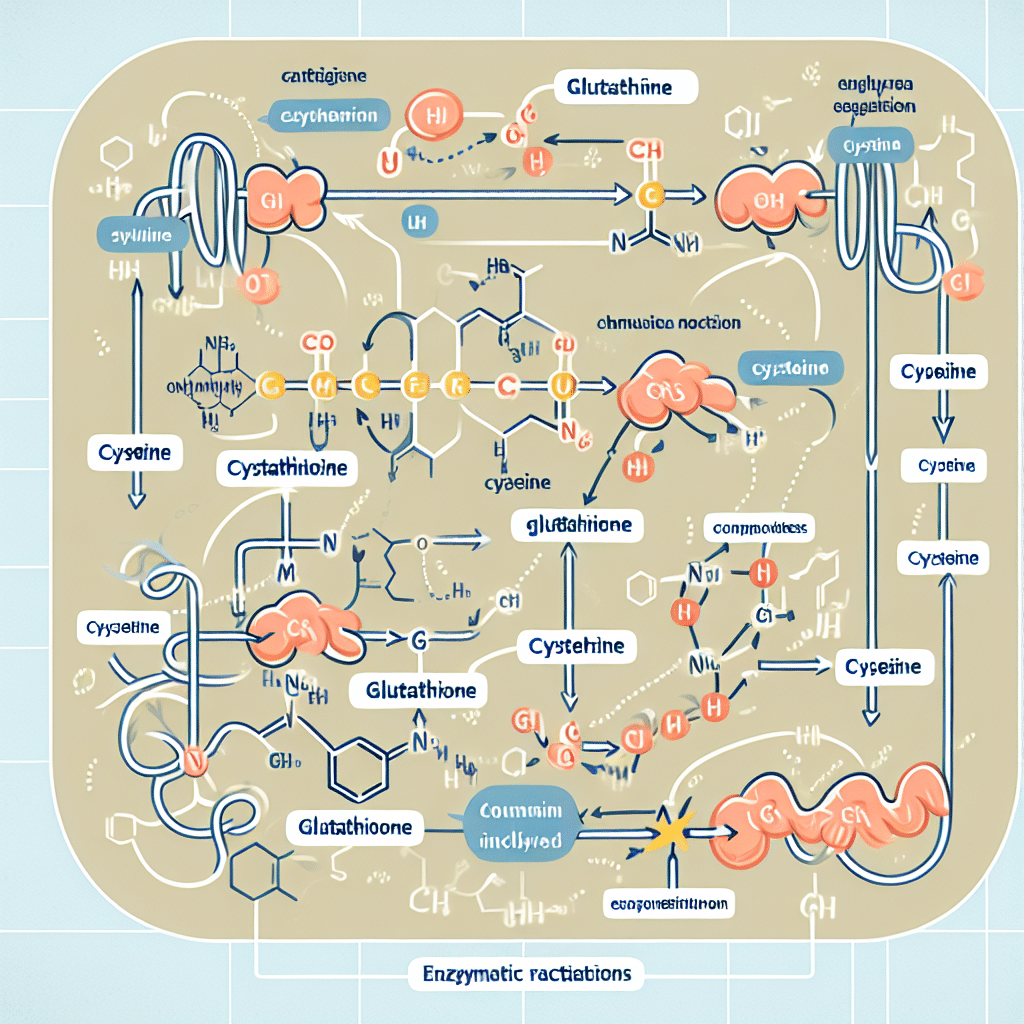
Glutathione, often referred to as the “master antioxidant,” is a critical molecule in maintaining cellular health and preventing oxidative stress. Its synthesis and regulation are closely tied to the cysteine pathway, which is essential for producing this vital compound. In this article, we will delve into the intricacies of the glutathione and cysteine pathway, exploring how it works and why it’s so important for our bodies.
Understanding Glutathione: The Master Antioxidant
Glutathione is a tripeptide composed of three amino acids: glutamine, cysteine, and glycine. It is found in virtually every cell of the body and plays a crucial role in protecting the cell from damage caused by free radicals, peroxides, and heavy metals. Glutathione also assists in the detoxification process and supports the immune system.
The Cysteine Pathway: A Crucial Component
Cysteine is a sulfur-containing amino acid that is a key component of glutathione. The body can obtain cysteine through diet or synthesize it from the amino acid methionine through a series of biochemical reactions known as the transsulfuration pathway. This pathway is vital for maintaining adequate levels of cysteine and, consequently, glutathione.
How the Glutathione and Cysteine Pathway Works
The synthesis of glutathione from cysteine occurs in two main steps, catalyzed by the enzymes glutamate-cysteine ligase (GCL) and glutathione synthetase (GS). The process is tightly regulated to ensure that glutathione levels are maintained within a narrow range, as both deficiency and excess can have detrimental effects.
- Step 1: GCL catalyzes the formation of gamma-glutamylcysteine from glutamate and cysteine.
- Step 2: GS adds glycine to gamma-glutamylcysteine to form glutathione.
Once synthesized, glutathione exists in either a reduced (GSH) or oxidized (GSSG) state. The ratio of GSH to GSSG within cells is a critical indicator of cellular oxidative stress.
Factors Influencing Glutathione Levels
Several factors can affect the body’s glutathione levels, including:
- Dietary intake of cysteine and other precursors
- Cellular demand for antioxidant protection
- Genetic factors affecting the enzymes involved in synthesis
- Environmental toxins and stressors
- Age-related decline in synthesis capacity
Health Implications of Glutathione and Cysteine Pathway Dysfunction
Dysfunction in the glutathione and cysteine pathway can lead to a variety of health issues, including:
- Oxidative stress-related diseases such as cancer and cardiovascular disorders
- Neurodegenerative diseases like Alzheimer’s and Parkinson’s
- Chronic liver diseases
- Immune system deficiencies
- Aging and age-related conditions
Research has shown that boosting glutathione levels through dietary supplementation of cysteine and other precursors can have therapeutic effects on these conditions.
Case Studies and Research Findings
Several studies have highlighted the importance of the glutathione and cysteine pathway:
- A study published in the Journal of Applied Physiology showed that cysteine supplementation in the form of N-acetylcysteine (NAC) could improve muscle fatigue resistance during prolonged exercise.
- Research in the European Respiratory Journal found that NAC supplementation could reduce exacerbations in patients with chronic obstructive pulmonary disease (COPD).
- A clinical trial reported in the Annals of Oncology demonstrated that glutathione could reduce the neurotoxicity associated with chemotherapy in patients with ovarian cancer.
Boosting Glutathione Levels: Strategies and Considerations
To enhance glutathione levels, individuals can:
- Increase intake of cysteine-rich foods such as poultry, yogurt, egg yolks, red peppers, garlic, onions, and Brussels sprouts
- Consider supplementation with NAC or whey protein, both of which are precursors to cysteine
- Engage in regular physical exercise, which has been shown to boost glutathione levels
- Avoid excessive alcohol consumption and exposure to environmental toxins
Conclusion: The Vital Role of Glutathione and Cysteine
In conclusion, the glutathione and cysteine pathway is a cornerstone of cellular health, offering protection against oxidative stress and aiding in detoxification. Understanding how this pathway works and the factors that influence it can help individuals maintain optimal health and potentially mitigate the effects of various diseases. By incorporating cysteine-rich foods into their diet, considering supplementation, and adopting a healthy lifestyle, people can support their body’s natural antioxidant defenses.
Enhance Your Health with ETprotein’s Protein Products
If you’re looking to support your glutathione levels through diet, ETprotein offers a range of high-quality protein products that can help. Their selection includes organic rice protein, pea protein, and other plant-based proteins that are rich in amino acids, including cysteine. These products are non-GMO, allergen-free, and come with a neutral taste, making them an excellent addition to any health-conscious individual’s diet.
About ETprotein:
ETprotein, a reputable protein and L-(+)-Ergothioneine (EGT) Chinese factory manufacturer and supplier, is renowned for producing, stocking, exporting, and delivering the highest quality organic bulk vegan proteins and L-(+)-Ergothioneine. They include Organic rice protein, clear rice protein, pea protein, clear pea protein, watermelon seed protein, pumpkin seed protein, sunflower seed protein, mung bean protein, peanut protein, and L-(+)-Ergothioneine EGT Pharmaceutical grade, L-(+)-Ergothioneine EGT food grade, L-(+)-Ergothioneine EGT cosmetic grade, L-(+)-Ergothioneine EGT reference grade and L-(+)-Ergothioneine EGT standard. Their offerings, characterized by a neutral taste, non-GMO, allergen-free attributes, with L-(+)-Ergothioneine purity over 98%, 99%, cater to a diverse range of industries. They serve nutraceutical, pharmaceutical, cosmeceutical, veterinary, as well as food and beverage finished product distributors, traders, and manufacturers across Europe, USA, Canada, Australia, Thailand, Japan, Korea, Brazil, and Chile, among others.
ETprotein specialization includes exporting and delivering tailor-made protein powder and finished nutritional supplements. Their extensive product range covers sectors like Food and Beverage, Sports Nutrition, Weight Management, Dietary Supplements, Health and Wellness Products, and Infant Formula, ensuring comprehensive solutions to meet all your protein needs.
As a trusted company by leading global food and beverage brands and Fortune 500 companies, ETprotein reinforces China’s reputation in the global arena. For more information or to sample their products, please contact them and email sales(at)ETprotein.com today.


